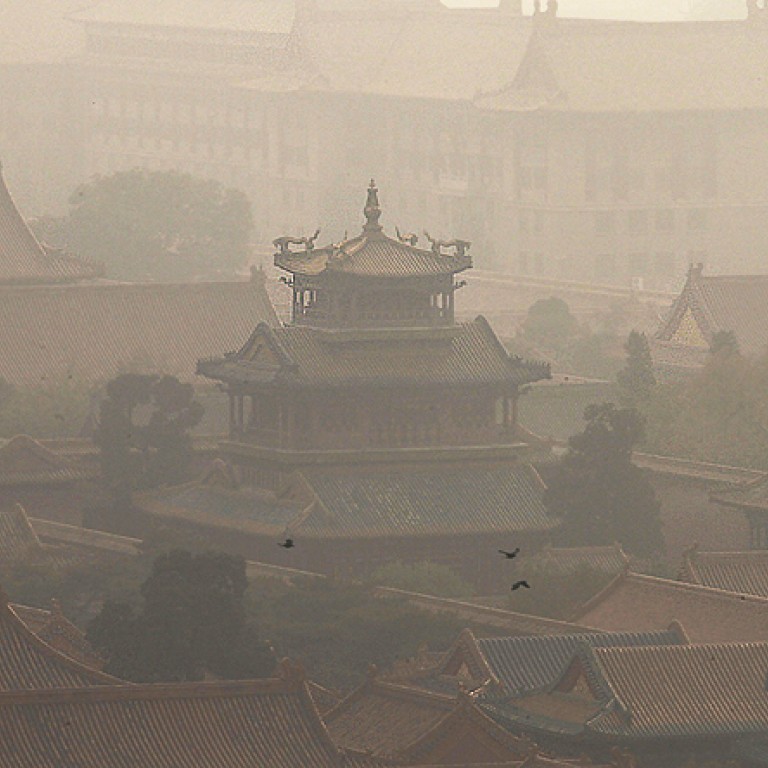
Number of smog–affected days in China doubled this year, the most since 1961
The number of smog-affected days in cities across China doubled this year, breaking a record that stood since 1961, the authorities in Beijing said on Friday as the capital issued its third severe air pollution alert of the week.
The China Meteorological Administration revealed cities across the nation have observed an average of 4.7 smog-affected days so far this year, nearly twice the 2.4 days previously recorded, the said on Saturday.
Speaking during a news conference, the administration said a total of 13 provinces and cities – including the northeastern provinces of Heilongjiang and Liaoning – had broken historical records.
As the week ends, the dense smog that is a hazard to health emerged again in Beijing and the surrounding Hebei province, prompting the local government to issue a blue smog alert, its highest, for the third time in six days.
Air quality on Saturday morning in all 12 regions of central Beijing reached level five, meaning “heavy pollution”, under a six-point scale according to the city’s Municipal Environmental Protection Bureau’s official website.
The bureau’s emergency headquarters warned air quality would be unlikely to improve before Sunday morning.
The frequent appearance of smog at this time is due to a lack of wind and rain, meteorologist Zhou Bing of the National Climate Centre was cited as saying in report.
Photos posted online on Saturday showed heavy smog in various parts of Beijing. One blogger’s post on messaging application Wechat showed visibility at less than 30 metres in the southern district of Fengtai.
The official Xinhua news agency published a picture on its microblog showing almost zero visibility. In the post it wrote: “That’s right, this is a real photo, taken in Beijing this morning.”
Smog – triggered by a sudden surge in the volume of inhalable particles (PM2.5) in the atmosphere – has been occurring during winter as a matter of routine in recent years. This year cities in northern China have witnessed an unusually high incidence in January and February as well as in October.
Experts have blamed the coal-fired heating systems the government has employed in many towns and cities in the north for the air pollution.
In its latest attempt to tackle the issue and to mitigate public discontent, Beijing’s local government earlier this month enforced a new set of emergency measures, including strict control on the use of private vehicles, a cut in factory emissions, and the closure of schools if pollution reaches a certain level for a three-day period.
The authorities have also promised to phase out the use of coal for heating in Beijing within three years. An official from the Environment Protection Bureau on Saturday told financial magazine that it is ahead of the schedule in this process.

